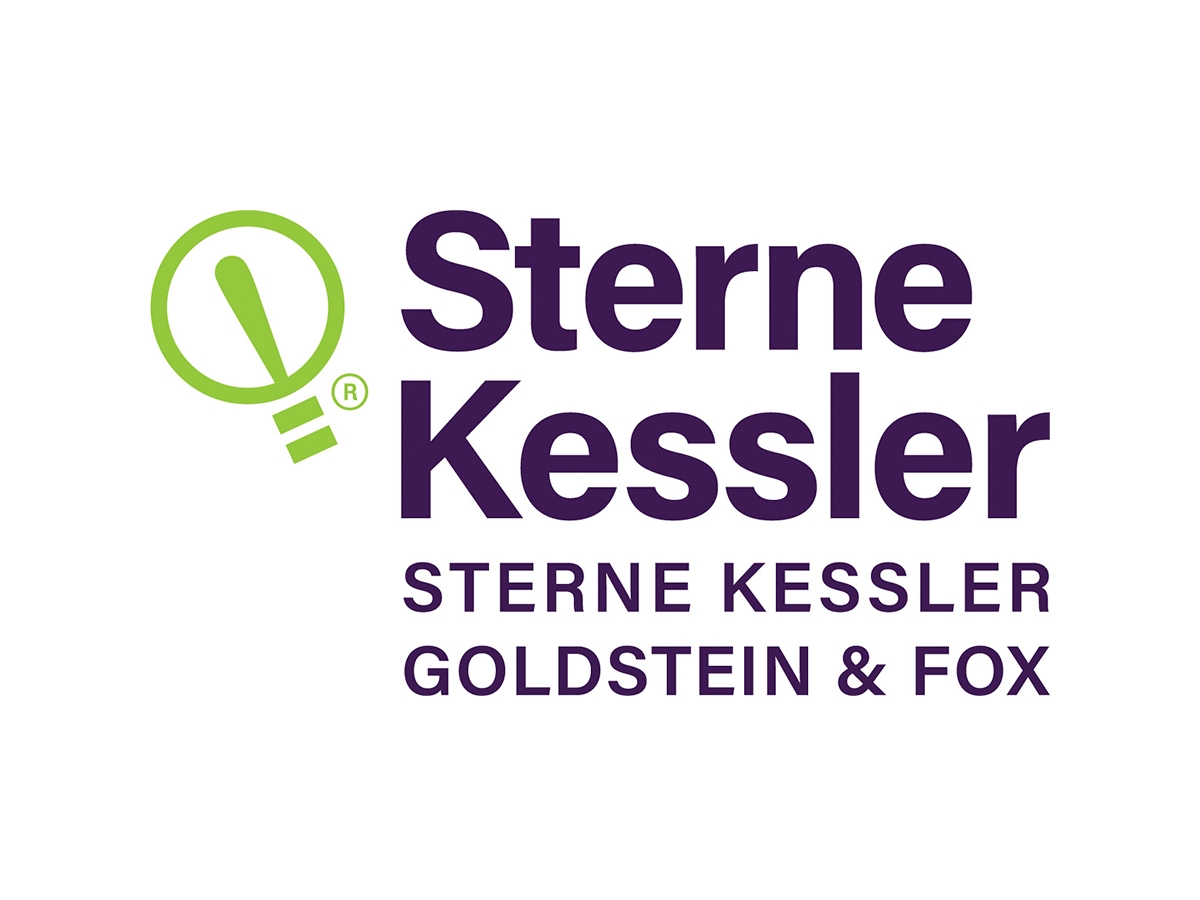Balancing AI-Powered Drug Discovery’s Risk and Reward | Fenwick & West LLP
What You Need To Know
- Patenting drugs discovered with AI assistance requires that a human made significant contribution to the invention—this article contains several examples.
- Some compounds can carry more IP risk than others.
- Startups must plan carefully, while large pharmaceutical companies can better balance risk and reward.
AI is shaving years off the drug-discovery process. But it’s not just leaving other research modalities in the dust—the law itself is struggling to keep up, especially when it comes to patenting AI-aided drug discovery.
In the article “Emerging Legal Terrain: IP Risks from AI’s Role In Drug Discovery,” also published in The Intellectual Property Strategist and shared on Law.com, Fenwick intellectual property partners Antonia Sequeira; Carl Morales, Ph.D.; and senior associate Fredrick Tsang map out the shifting legal terrain and chart potential paths forward for companies large and small in the drug-discovery space. Here are some key takeaways:
Patenting requires “significant human contribution.” According to recent guidance from the United States Patent and Trademark Office (USPTO), patent protection may be sought for inventions for which a natural person provided a significant contribution to the invention, and so is an inventor on the patent application. While AI can play a role, the USPTO is looking at what humans brought to the table when weighing exclusivity for a particular discovery. There must be a human inventor for an invention to be patentable.
Examples of joint contribution might include:
- AI generates a few species of a class of molecules, then a human conceives of other species in the class based on optimized versions of the AI-generated species.
- A human researcher inputs a broad class of molecules into an AI model to screen for a few promising species in the broad class.
- AI identifies amino acid substitutes for a few sites within a polypeptide, while a human identifies substitutes for other sites.
- AI contributes to an ingredient of a pharmaceutical composition while a human invents the overall composition.
- AI provides an upstream contribution to an invention while a human contributes to certain downstream ideas, such as determining the dosage of a molecule identified by AI.
The law is not completely settled with respect to how patent rights may be impacted in various joint contribution situations.
Some compounds carry more risk. Patenting a drug discovered with AI requires significant human contribution—and sometimes, determining how a compound can be synthesized in a lab is enough human contribution to clear the requirement. But some types of compounds better lend themselves to this.
The synthesis of small molecule compounds is often unpredictable. As a result, a synthetic organic chemist will likely need to determine how to physically manifest an AI’s digital output—and that is often a significant-enough contribution.
Conversely, antibodies and polypeptides carry greater IP risk, because there can be well-established synthetic methods for preparing antibodies and polypeptides based on digital outputs of an AI model, so human contributions to generating such antibodies or polypeptides may not rise to the level of an inventive contribution.
Successful startups plan carefully. When you’re positioning yourself for acquisition by big pharmaceutical companies, a loss of exclusivity on your drug candidate can be a deal-killer. Smart startups engage counsel early to ensure that the drug discovery process is properly structured with sufficient human contribution. While a fully automated AI drug discovery process may be groundbreaking from the business and marketing standpoint, startup companies should balance innovation and risk in R&D methods.
Pharma companies can better balance risk and reward. The benefits of AI-assisted drug discovery tend to outweigh the risks for large pharmaceutical companies. But AI tools have odd and unique risk profiles that have not been previously understood.
In acquiring a pharmaceutical startup company that has a drug candidate, a big pharmaceutical company may consider adding an investigation of the involvement of AI as a standard diligence item. Currently, standard due diligence practice usually does not involve discussions about how AI was involved in company processes, review of academic papers published by the startup for discussion of AI use, or study of lab notebooks that document scientists’ contributions versus possible AI contributions.
When it comes to documentation, large pharma companies need strong counsel to help strike the right balance. Subjecting every AI output to some legal scrutiny will likely be disruptive to the research process, but relying on traditional lab notebook practice without any deliberate effort in documenting AI’s involvement could bring uncertainty to the IP risk profile.






